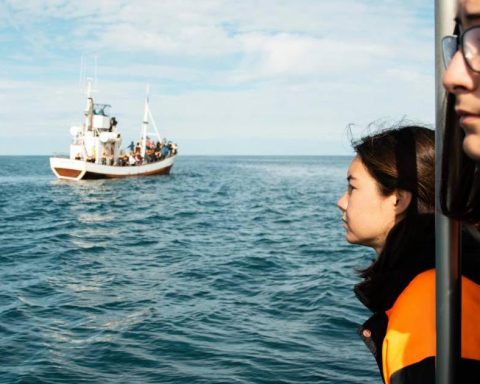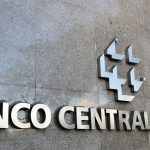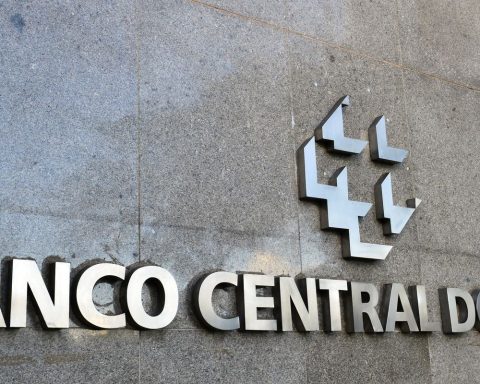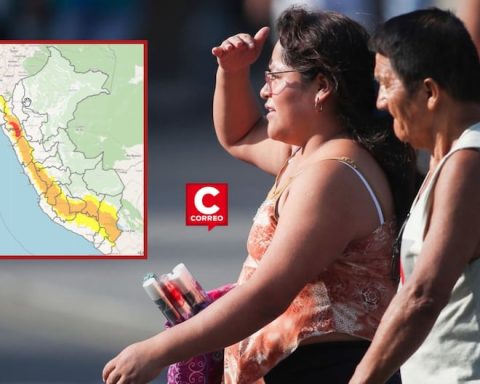In the midst of the energy transition proposals, the union of non-conventional renewable energies, SER Colombia, announced the arrival of Alexandra Hernández as director. In conversation with Portafolio, the leader explained the challenges and projections for the coming years. The association estimates that between 2023 and 2024 more than 70 projects will enter with an investment of US$2.5 billion.
(They create an investment fund to promote energy efficiency).
How has the arrival from the hydrocarbons sector to the renewable energy sector been?
It is a true energetic transition professionally and personally, without a doubt it is challenging for me. Part of my first challenge when I arrived at the ACP was to consolidate the industry that was growing and it is like déjà vu to enter this industry, at a critical moment of consolidation.
Of course, this is teamwork and where many participate, for me it is an honor and a challenge.
What are the challenges you face with the position?
The main challenge is to make renewable energy projects a reality. Colombia has been promoting non-conventional sources of energy for some time, developing an Energy Policy framework around incentives. This is a country with clean and competitive energy opportunities for Colombians, both those who are connected to the grid, but also those who are still isolated.
(Latin America, close to being a giant in renewable energy).
There are a number of conditions for thinking optimistically. But you have to make it a reality, attend to those bottlenecks and get the projects into operation.
How do you analyze the difficulties that companies have faced to advance consultations?
One advantage of this sector is that it is very well received by the Government. Meet all the requirements for a constructive relationship.
Now, we have an identified inventory of projects, which we will publish soon, that are going to come out this year and next. These are going to be necessary, because the country requires those kilowatts, but the vast majority still have pending procedures, are about to or are in the process of completing their environmental license and permit procedures.
There is a very big job in the region, where we have to work without a doubt, because these processes have to go through socialization and acceptance of the communities; there is a way to go, in the short, medium and long term.
The grace is not only to have projects programmed, but actually launched and with the communities convinced that we are a good neighbor.
How many projects do you have inventoried that could enter?
They are 16% of the current installed capacity of the country that we have inventoried with affiliates of SER Colombia scheduled to enter between 2023 and 2024.
(Colombia would present an electricity integration plan in Latin America).
These data do not include those projects, for example, in La Guajira that have been postponed, which would start after 2025-2026. We are talking about more than 70 projects that we have identified.
Those projects that estimate how much investment they require?
There are more than 70 projects; We are talking about investments of more than US$2.5 billion planned in these two years. It will depend a lot on how they develop over time and that it is possible to advance what has also been postponed in previous years.
How do you analyze the proposal of energy communities and what are the challenges to develop them?
There is a way to go, without a doubt, from a regulatory and policy point of view. It is an instrument that can be very useful from the communities, since a significant percentage of the population still does not have access to the network and it will surely take years or it will be very expensive for small communities to generate transmission infrastructure megaprojects, so there is the issue of energy communities is going to be important.
There is an important challenge of financing, structuring and participation that must be landed.
I would invite you to think about the democratization issue in a slightly broader way, and that is that when we talk about energy transition, we do not only talk about it from the supply point of view.
It does not make much sense to talk only about supply, if demand is not taken into account, and for this reason the issue of electrical energy solutions for vulnerable communities should enable the consumer to become a more active participant in the transition.
There is tension in the environment due to possible regulatory interventions. Do you think that could put investments at risk?
Yes, it creates uncertainty when you have large capital investments planned. It is important that signals of more stability are generated for the market, especially signals for private investment.
For this sector, it is important to respect the rules, not only from an electrical point of view, but in general macroeconomic. Renewable projects have very tight economics, they do not have the same levels of profitability as other energy sources.
It is an issue that is challenging in a macroeconomic context of high interest rates, inflationary, with a high dollar cost, since it impacts this type of project.
Are there already investments that may have been reversed due to these factors?
I have not identified projects that have lost economic viability that have been suspended up to now.
DANIELA MORALES SOLER














